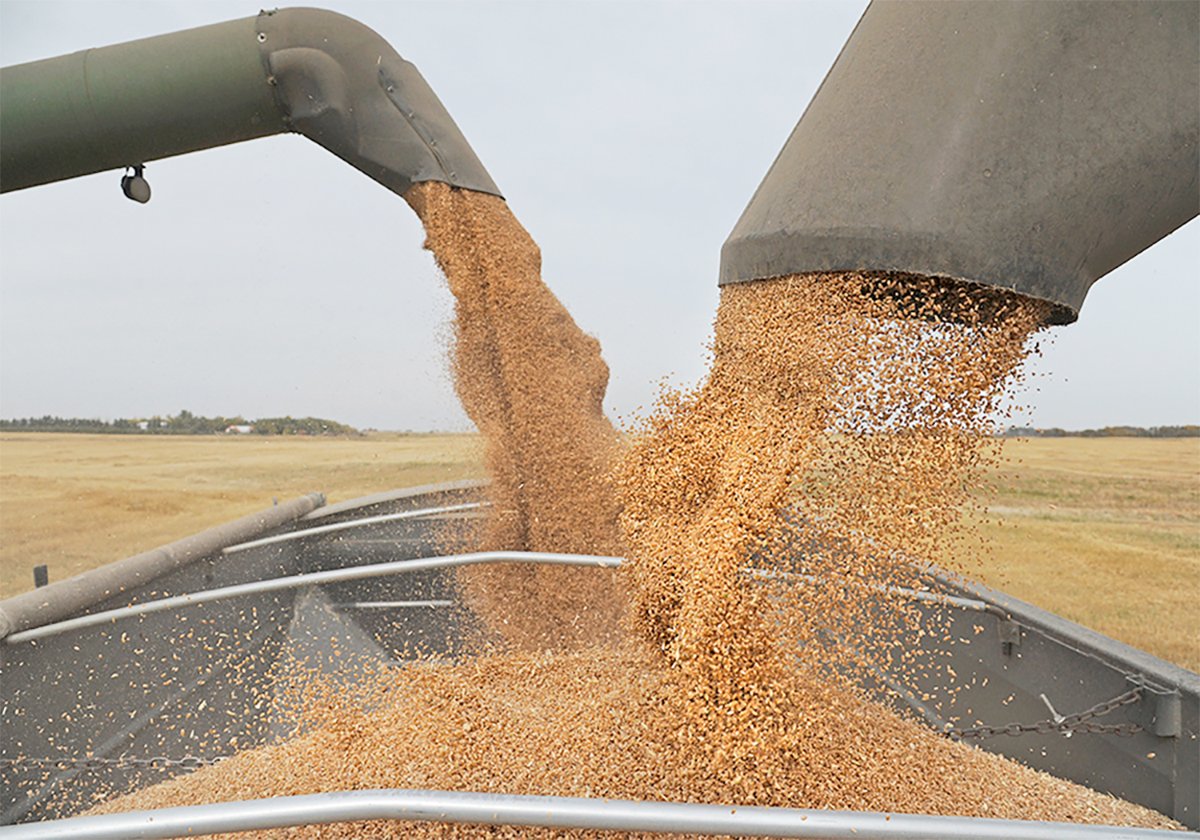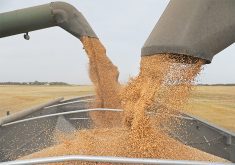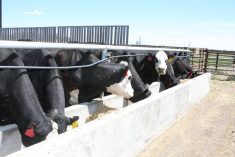Last week’s column contained some wrong information and this is my first opportunity to correct it.
In calculating the percentage of the American and Canadian cattle herds that have been tested for BSE, I wrongly applied the total number tested to the size of the herds in 2006.
In fact, the number of tests provided last week (759,000 in the U.S. and 146,200 in Canada) were the totals since testing programs began in 2003. They were not the number of tests per year in each country, so it was wrong to use them in calculating a testing percentage.
Read Also

Agriculture productivity can be increased with little or no cost
There’s a way to enhance agricultural productivity with little or no cost. It doesn’t even require a bunch of legislative changes.
While this week I learned a lesson in double-checking figures, the double-checking of feed regulations also got a workout. A mix-up at a rendering plant and feedmill has forced nine Saskatchewan premises into a state of quarantine until the Canadian Food Inspection Agency completes its investigations.
Officials are on the record stating that the chance of BSE infection is minuscule but the investigations must proceed to ensure everyone’s continued confidence in the safety of the Canadian food system.
It’s important not only that correct procedures are followed, but that correct procedures are seen to be followed.
There are further details elsewhere in this issue.
As well, you’ll find additional material by Western Producer livestock expert Barbara Duckworth on the science of BSE. Last week and this week, she filed several reports from a Calgary meeting where scientists from across the country gathered to discuss prion related diseases.
The number of BSE cases continues to decline worldwide by virtue of scientific research and an ever-expanding body of knowledge about the disease, but the work continues. We must know the enemy intimately if we are ever to control and eliminate it.
In fact, it appears a rudimentary understanding of BSE is entering the mainstream and evidence of that appeared on our news editor’s desk last week. Terry Fries was gifted with the somewhat bizarre fuzzy toy pictured above, which is a representation of none other than a BSE prion.
“Image of prion rods one million times actual size,” reads the attached label on the toy marketed by Giantmicrobes.
A tiny fact sheet gives a quick sketch of BSE: “generally thought to be the work of proteinaceous infectious particles or prions. … these materials can end up both in cattle feed and on your sirloin steak.”
The label qualifies that last ludicrous statement with this: “Nevertheless, the risk of infection is extremely low. Strenuous efforts are being made to prevent the spread of mad cow, including the implementation of strict animal feeding regulations and processing standards.”
And that’s what CFIA is up to this week.














